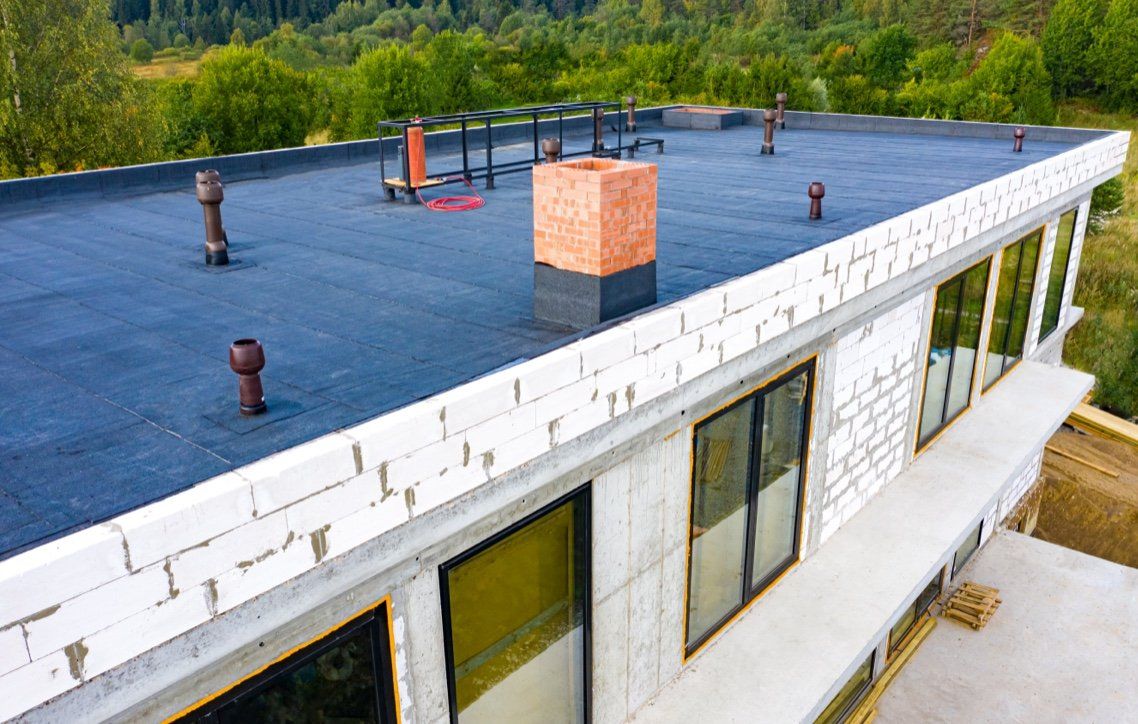Your roof color isn’t just for curb appeal—it has practical implications for your home’s energy efficiency and comfort. Here’s how to choose the best roof color based on your climate.
How Roof Color Affects Heat Retention and Cooling
Roof color has a direct impact on how much heat your roof absorbs. Darker colors, like black, trap heat, warming your home, while lighter roofs, like white, reflect sunlight and help maintain a cooler indoor temperature.
When to Choose a Light or Dark Roof: Climate Considerations
The color of your roof should be based on your region’s climate:
- Warm Climates: In hot climates, white or lighter roofs are ideal for reflecting heat, reducing indoor temperatures, and lowering air conditioning costs.
- Chilly Climates: For colder climates, darker roofs are better because they absorb heat, helping to maintain warmth inside and lower heating costs.
- Temperate Climates: A balanced choice might involve neutral or slightly darker shades, depending on your home's insulation.
How Roof Colors Affect Energy Efficiency and the Urban Heat Island Effect
White roofs are particularly useful for combating the urban heat island effect, where cities experience higher temperatures due to the prevalence of dark roofs and surfaces. These roofs help lower city temperatures and reduce overall energy use.
Tips from Weathercraft for Selecting Roof Colors
To help you choose the perfect roof color, keep these tips in mind:
- Climate Considerations: Keep your local climate in mind when choosing a roof color.
- Material Durability: Make sure your roofing material works well with the color you choose.
- Visual Appeal: Complement your home’s exterior for a cohesive look.
- Long-Term Savings: Think about long-term savings in energy costs when selecting a roof color.
Weathercraft’s experts are here to help you select the best roof color and material for your home and budget.
